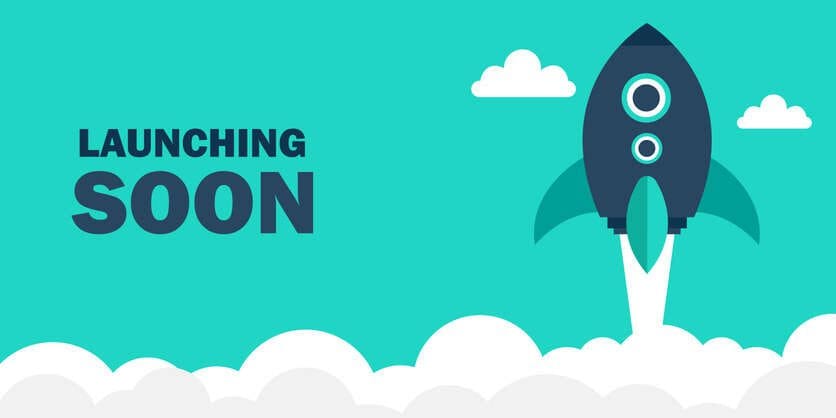
By Grant Farhall, Chief Product Officer, iStock
In a world where people are constantly hit with many different types of messaging, small and medium-sized businesses are increasingly faced with the challenge of grabbing customers’ attention. With people now spending an average of 53 seconds on a product page, it’s more important than ever for business owners to understand what motivates them to convert.
According to iStock’s VisualGPS research, the two biggest challenges that British small business owners are currently facing are profitability and finding new customers. One way this can be achieved is through a sales funnel – mapping out the customer journey from awareness to action. It helps narrow your approach, monitors the sales process, generates referrals, and ultimately drives new business. A well-designed product with a targeted sales funnel can convert at a rate of between 25% and 50%, while a product that is not optimised will convert at 1% – 5%.
Looking to create a low-cost marketing strategy for your product? Here are four tips to keep customers coming back for more.
Define your unique selling point
The key to creating an impactful product page is to outline exactly what your goals are, who your target audience is, and why your brand holds value for customers. The more you understand how your brand benefits customers, the more effectively you can communicate your USP.
VisualGPS data highlights an opportunity to target Gen Z consumers. Only 29% of respondents have shopped with a small business in the same way they had done a year ago, and understanding what drives them to engage with your business is vital in learning how you can reach them.
British Gen Z shoppers are now gravitating towards supporting small businesses whose values align with their own. Sustainability and diversity topics resonate the most with this demographic, and images and videos can be used to convey these values and set your message apart. For example, the surge of electric cars as a symbol of sustainability presents an opportunity for you to align your brand visually with this movement.
Catch consumers’ attention
In a digital world, we must accept that customers are not going to read every word on the page; they are only paying attention to things that stand out so it comes down to how the information is shown on your page. E-commerce is all about giving customers the right information at the right time, so, for example, using standout page headlines is key to keeping your customers engaged. What makes people stop mid-scroll is an appealing design – the use of colours or fonts to highlight vital information. While the design may initially grab the consumers’ attention, it is the rest of the messaging – if relevant to the customer – that drives the conversion.
It’s also about reaching the right target audience in a more targeted way. With out-of-home advertising, your messaging may not be relevant to all consumers, despite the reach, whereas digital communication affords the opportunity to get really targeted.
Testing makes a difference
Before launching a new product to market, it’s imperative for businesses to use a test-and-learn approach. You only have a finite number of resources, and you should not spend six months building something that doesn’t work when it launches. When your strategy is based on assumptions and without data, that’s when you risk making bad decisions.
A/B testing – also known as split testing – enables you to make better, more informed and data-driven decisions. It helps determine which version of a web page will perform more effectively with your target audience. The great thing about A/B testing is that you get strong, qualitative data that can give you the confidence that the product you are launching is going to resonate with your consumer base. It has also been shown to bring e-commerce websites a 50% increase in average revenue per unique visitor.
Offer free trials
The answer to converting page visitors into paying customers is not by getting them to buy what you want them to buy, but instead by guiding them to buy the right products for their needs. Free trials give customers the ability to try your product before they commit to a purchase, especially if they are on the fence.
Free trials also allow customers to experience your product firsthand. If you have the confidence that you have built a solid product, you should have the confidence to put it in the hands of customers. The average conversion rate for an opt-out free trial is 48.8%, which shows that many customers who start a free trial turn into loyal, paying customers.


